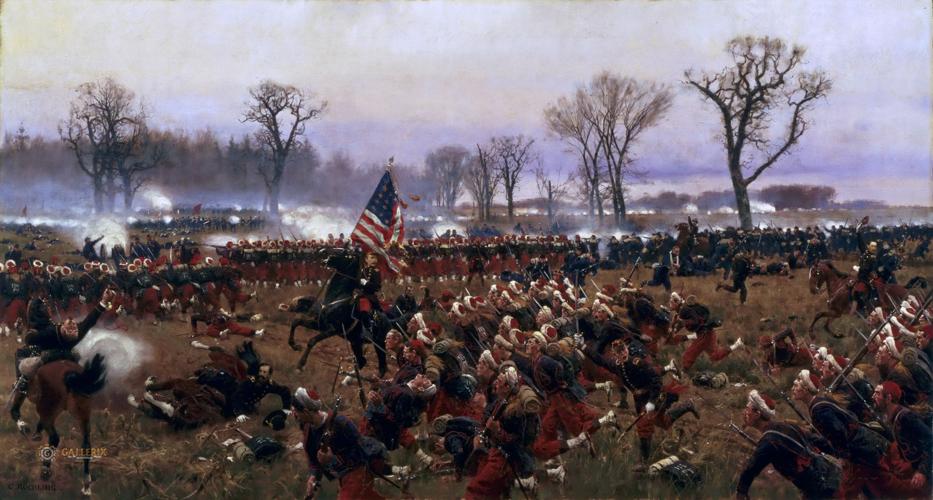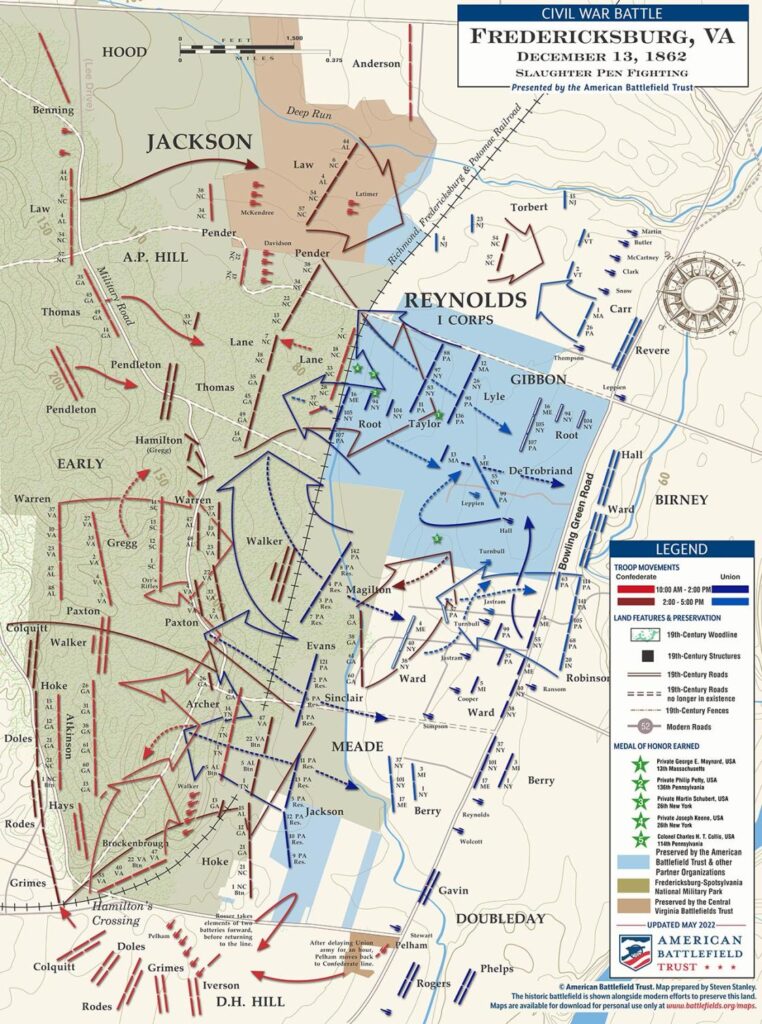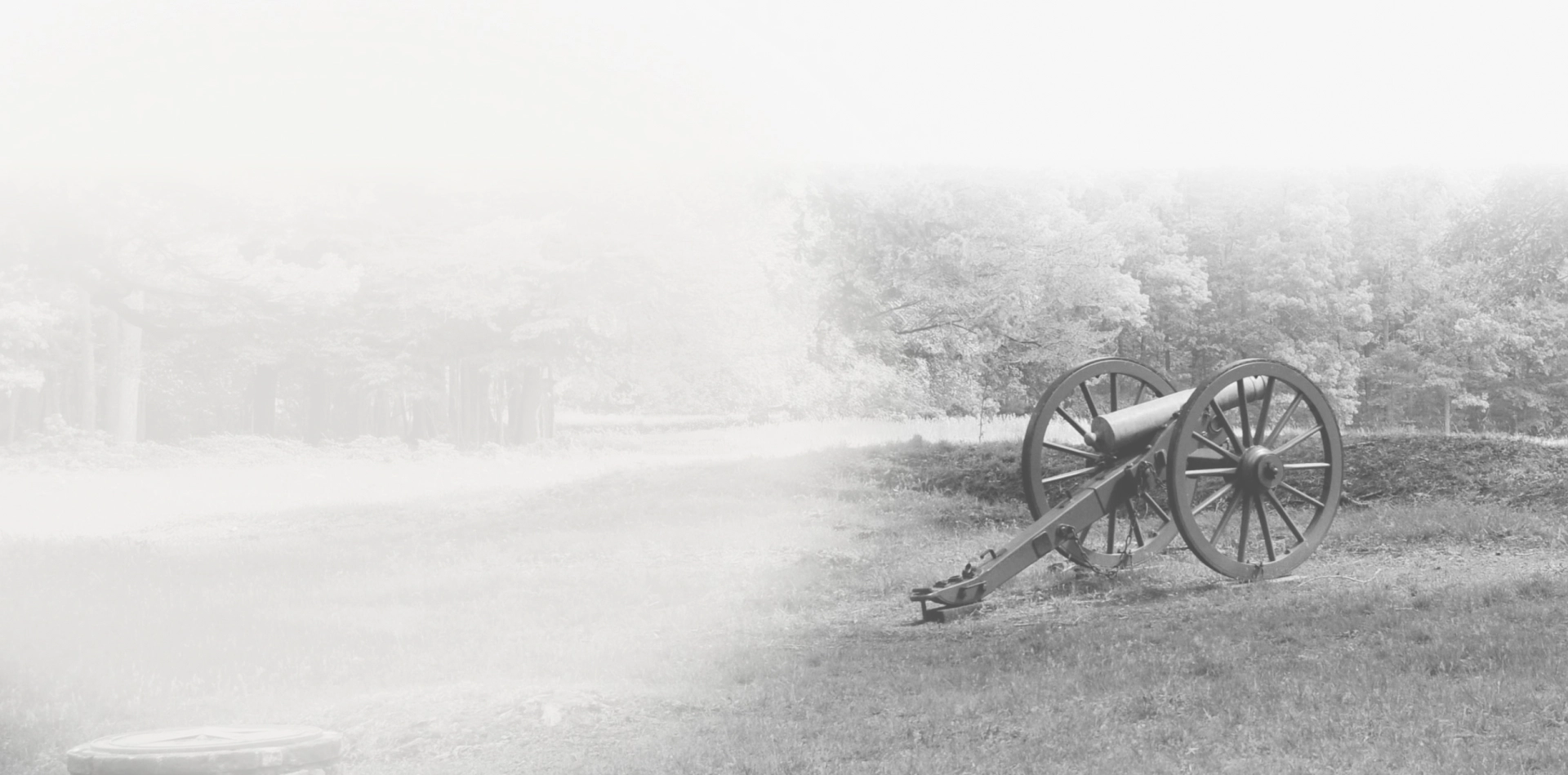

The Slaughter Pen is the very heart and soul of the Fredericksburg Battlefield. Without it, nothing makes sense. This is the point where the battle was won and lost on December 13, 1862.”
On December 13, 1862, three Union army divisions broke across the ground, assaulting the Confederates defenses positioned along a string of low hills south of the town. Over the course of a very long day, the Union sustained approximately 5,000 casualties. Thousands of Confederate casualties also attest to the hard struggle, which at times involved hand-to-hand fighting. Five Medals of Honor would eventually be awarded for individual acts of heroism during the desperate action.
When people think of the Fredericksburg battlefield, they usually envision the futile Union attacks against Marye’s Heights, which were halted by impenetrable barrages of carefully sited artillery and by Confederate musketry delivered from behind the stone wall along the Sunken Road. The area south of Fredericksburg, however, is where the battle truly hung in the balance. Federal assault columns actually broke through the Confederate lines on this other field, in the sector defended by General Thomas J. “Stonewall” Jackson. The terrain of the Slaughter Pen has remained exceptionally intact and a visitor walking through the site today can readily understand what occurred there. The old roads, ditches, and the sometimes subtle contours of the ground allow historic interpretation with great accuracy. Frank O’Reilly, author of the definitive study The Fredericksburg Campaign: Winter War on the Rappahannock, has stated that this ground is absolutely critical to understanding the battle. He writes: “The Slaughter Pen is the very heart and soul of the Fredericksburg Battlefield. Without it, nothing makes sense. This is the point where the battle was won and lost on December 13, 1862.”
The map of Slaughter Pen Farm shows how the Slaughter Pen connects many different components of the Fredericksburg battlefield. Its eastern edge abuts the old Richmond Stage Road, where the Federal attackers initially formed up. Its western edge runs along an active railway, which was also in existence in 1862. On the other side of the tracks lies the location of the Confederate line, within the boundaries of the National Park. To the north of the Park’s boundary, CVBT has saved an additional area of land, known as Latimer’s Knoll, through the creation of an easement. The area along the tracks is indeed blood soaked ground where the combat became hand-to-hand. Moving south through the Slaughter Pen we come to the area of the Federal breakthrough and beyond that the area facing Prospect Hill, where another Union attack moved forward but was bloodily repulsed. The Slaughter Pen effectively ties these various sites together, and will dramatically restore the integrity of the Fredericksburg battlefield.


Sarah Kay Bierle of the ABT’s Education team catches Tom Gilmore, ABT’s Chief Land Preservation Officer, and Tom Van Winkle, president of the Central Virginia Battlefields Trust, recounting the history of the Slaughter Pen Farm.
The CVBT worked very closely with the Civil War Preservation Trust (now the American Battlefield Trust) and other local groups to ensure that this acreage was not lost to history. The purchase price of the Slaughter Pen Farm was steep, at $12 million dollars it is the costliest project CVBT has ever engaged in. Of this total cost CVBT committed to providing $1 million. While the price for acquiring this property is high, its loss is incalculable.
IN 2024 The huge mortgage was paid off and the last remaining structure was demolished.
While bulldozers cut relentlessly across the landscape, the CVBT continues to identify and preserve important historic ground that lies outside the protection of the Fredericksburg and Spotsylvania National Military Park. While we have been tremendously successful, this has only been due to the continued support and generosity of our members and contributors.

NEWSLETTER SIGN-UP
Join our community! Sign up for our newsletter to receive exclusive updates, event information, and preservation news directly to your inbox.